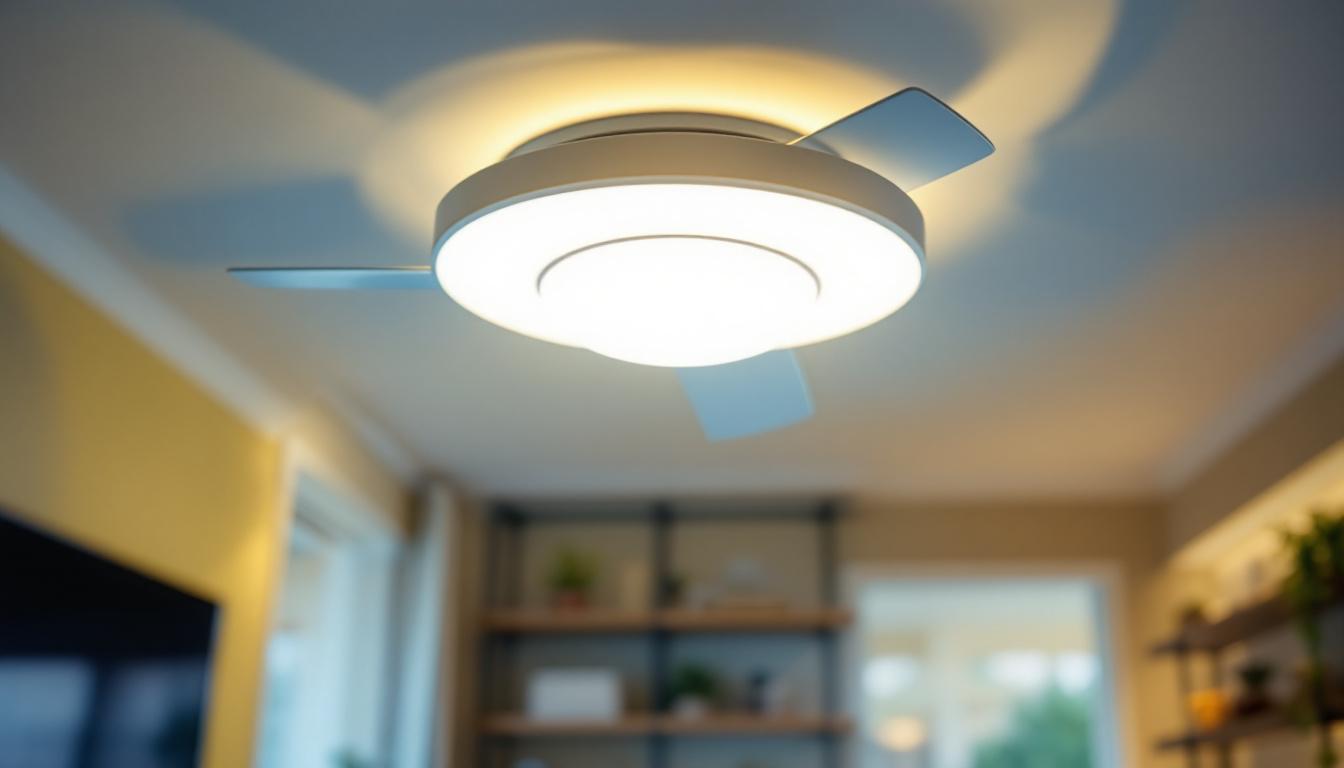
Lighting contractors play a crucial role in ensuring that residential and commercial spaces are well-lit and energy-efficient. One of the fundamental aspects of this profession is understanding the various components of lighting, including the base of a standard light bulb. This article delves into the types of bases commonly used in light bulbs, the best practices for installation, and the pitfalls to avoid.
The base of a light bulb is the part that connects the bulb to the light fixture. It is essential for both electrical connectivity and mechanical stability. Different types of light bulbs come with various bases, and knowing which type to use is vital for any lighting contractor. The choice of base can significantly influence not only the functionality of the lighting but also the overall design and ambiance of a space.
Light bulb bases are categorized based on their design and the way they connect to fixtures. The most common types include:
Selecting the correct base type is critical for several reasons. Firstly, it ensures compatibility with existing fixtures, which can prevent electrical issues or potential hazards. Secondly, using the right base can enhance the aesthetic appeal of the lighting installation. Lastly, it can improve energy efficiency, as different bases may support various bulb technologies. For instance, using an LED bulb with a compatible base not only reduces energy consumption but also extends the lifespan of the bulb, resulting in lower maintenance costs over time.
Moreover, understanding the nuances of light bulb bases can empower consumers to make informed choices that align with their specific lighting needs. For example, in spaces where frequent bulb changes are necessary, such as in commercial settings or high-ceiling areas, opting for bases that allow for quick replacements can save valuable time and effort. Additionally, with the rise of smart lighting technologies, some bases are designed to accommodate smart bulbs that offer features like remote control and dimming capabilities, further enhancing the versatility of lighting solutions available today.
To achieve successful lighting installations, contractors should adhere to best practices. Here are some essential do’s to keep in mind:
Before selecting a light bulb, it is crucial to review the specifications of the fixture. This includes understanding the wattage limits, base type, and any specific requirements for dimming capabilities. Consulting the fixture’s manual or manufacturer’s guidelines can provide valuable insights. Additionally, being aware of the fixture’s intended use—whether for ambient, task, or accent lighting—can influence the choice of bulb type and brightness. For instance, a fixture meant for reading should ideally accommodate a bulb that offers higher lumens for better visibility, whereas a decorative fixture may prioritize aesthetics over sheer brightness.
Clients may not always be aware of the various lighting options available. Take the time to explain the benefits and drawbacks of different bulb types and bases. For example, while LED bulbs are more energy-efficient and have a longer lifespan, they may require specific dimmer switches to function correctly. Providing clients with this information can help them make informed decisions. Furthermore, discussing color temperature can enhance their understanding; warmer tones can create a cozy atmosphere, while cooler tones are often preferred for workspaces. Offering samples or visual aids can also assist clients in visualizing how different lighting options will look in their spaces.
Proper installation is key to the longevity and performance of light bulbs. Make sure that the base is securely fitted into the socket and that there is no visible damage to the bulb or fixture. Additionally, consider using a torque wrench to ensure that the bulb is not over-tightened, which can lead to breakage or electrical issues. It’s also important to check the wiring and connections during installation to prevent future malfunctions. Ensuring that the electrical system is compatible with the new fixtures can save clients from potential headaches down the line. Moreover, taking the time to test the installation before leaving the site can help catch any issues early, ensuring that everything operates smoothly from the start.
While there are many best practices to follow, there are also common mistakes that lighting contractors should avoid. Here are some critical don’ts:
Using a bulb with an incompatible base can lead to various problems, including flickering lights or even electrical fires. Always double-check that the bulb base matches the fixture before installation. This is especially important when working with older fixtures that may not accommodate newer bulb technologies. Additionally, consider the wattage and voltage specifications of both the bulb and the fixture; mismatched wattage can lead to overheating and potential damage. It’s also wise to consult manufacturers’ guidelines to ensure that all components are compatible, which can save time and prevent costly mistakes down the line.
With rising energy costs and increased environmental awareness, energy efficiency should be a priority. Avoid defaulting to traditional incandescent bulbs, as they consume more energy and have a shorter lifespan compared to LEDs and CFLs. Educate clients on the long-term savings associated with energy-efficient options. Moreover, consider the benefits of smart lighting systems that allow for automated controls and dimming features, which can further enhance energy savings. Highlighting the environmental impact of choosing energy-efficient lighting can also resonate with eco-conscious clients, making them more likely to invest in sustainable solutions.
Every region has specific electrical codes and regulations that must be followed. Failing to adhere to these can result in safety hazards and legal issues. Always stay updated on local codes related to lighting installations, including any requirements for energy efficiency or bulb types. Furthermore, it’s essential to be aware of any permits that may be required for larger projects, as neglecting this can lead to delays and fines. Engaging with local building authorities or attending workshops can provide valuable insights into the latest regulations and best practices, ensuring that your work remains compliant and safe.
Lighting installations can vary significantly based on the environment. Understanding the unique needs of each setting can help contractors make better decisions regarding bulb bases and types.
In residential settings, aesthetic appeal often takes precedence, while commercial environments may prioritize functionality and energy efficiency. For instance, a restaurant may opt for decorative Edison bulbs to create an inviting atmosphere, while an office space might choose LED panels for uniform lighting. Understanding these nuances can guide contractors in selecting the appropriate bulb base and type. Additionally, residential lighting often incorporates dimmers and smart technology, allowing homeowners to adjust brightness and color temperature to suit their mood or activity. In contrast, commercial spaces may require more robust lighting solutions that can handle longer hours of operation and higher foot traffic, necessitating a focus on durability and cost-effectiveness.
Outdoor lighting presents its own set of challenges. Weather-resistant fixtures and bulbs with appropriate bases are essential for ensuring durability and performance. Look for bulbs specifically designed for outdoor use, as they are often constructed to withstand moisture and temperature fluctuations. Moreover, outdoor lighting can serve multiple purposes, from enhancing security to highlighting landscaping features. Pathway lights, for instance, not only illuminate walkways but can also create a welcoming ambiance. Solar-powered options are increasingly popular as they offer energy savings and ease of installation, making them an attractive choice for eco-conscious homeowners. When planning outdoor lighting, it is crucial to consider factors such as light pollution and the ecological impact on local wildlife, ensuring that the lighting design complements rather than disrupts the natural environment.
The lighting industry is continuously evolving, with new technologies emerging that can impact base types and installation practices. Staying informed about these trends can provide contractors with a competitive edge.
Smart lighting systems are gaining popularity, allowing users to control their lights remotely via smartphones or voice commands. These systems often require specific bulb bases designed for compatibility with smart technology. Understanding how to integrate these solutions into existing fixtures can enhance service offerings.
As energy efficiency becomes more critical, advancements in lighting technology are leading to the development of new bulb types and bases. For example, advancements in LED technology are resulting in bulbs that provide better light quality while consuming less energy. Contractors should stay abreast of these innovations to offer the best solutions to their clients.
Understanding the base of a standard light bulb is essential for lighting contractors. By adhering to best practices, educating clients, and staying informed about industry trends, contractors can ensure successful lighting installations that meet both aesthetic and functional needs. Whether working in residential or commercial settings, the right knowledge and approach can make all the difference in delivering quality lighting solutions.
Ready to elevate your lighting installations with the highest quality bases and bulbs? Look no further than LumenWholesale for all your lighting needs. Our extensive selection of spec-grade lighting products comes at unbeatable wholesale prices, ensuring you get the best value for every project. Say goodbye to local distributor markups and hello to superior lighting products with free shipping on bulk orders. Make the smart choice for your business and visit Wholesale Lighting at the Best Value today to experience the perfect blend of quality, affordability, and convenience. Your clients—and your bottom line—will thank you.

Explore the transformative role of tube fluorescent lamps in lighting contractors’ projects, highlighting efficiency, cost-effectiveness, and design versatility in modern lighting solutions..

Discover why purchasing residential lighting in bulk from local distributors might not be the best choice.

Discover essential insights and expert tips for lighting contractors on selecting and installing recessed lighting kits.

Discover how a light fan kit can revolutionize your lighting installation projects by enhancing efficiency, reducing costs, and providing versatile design options.